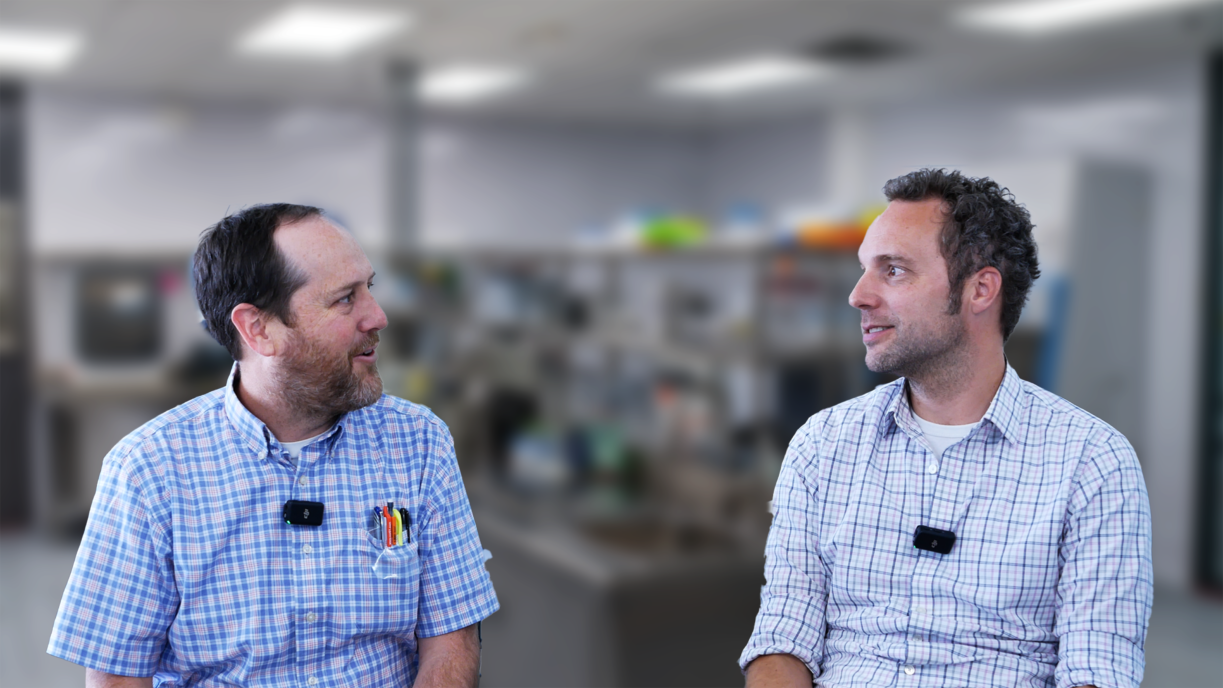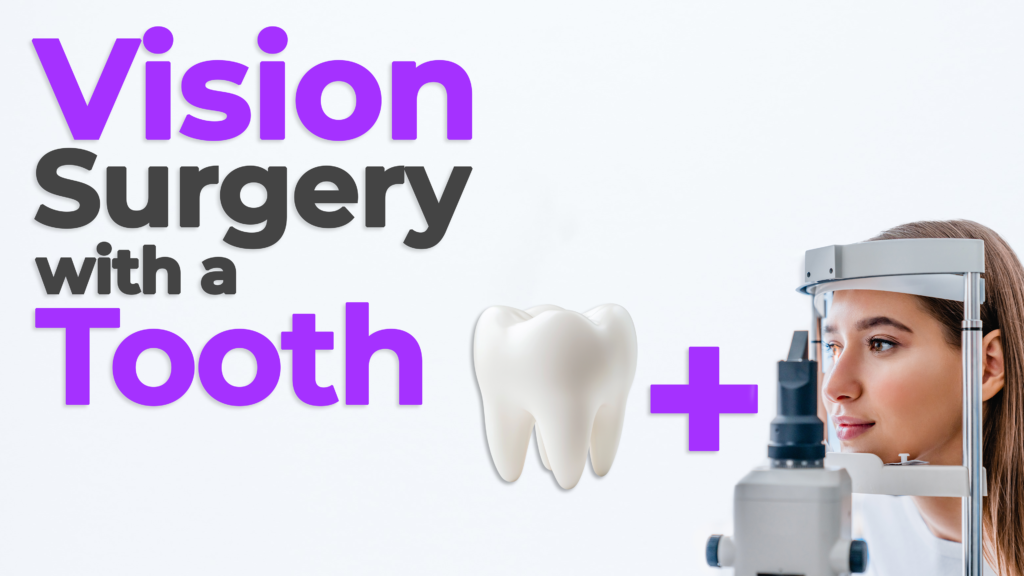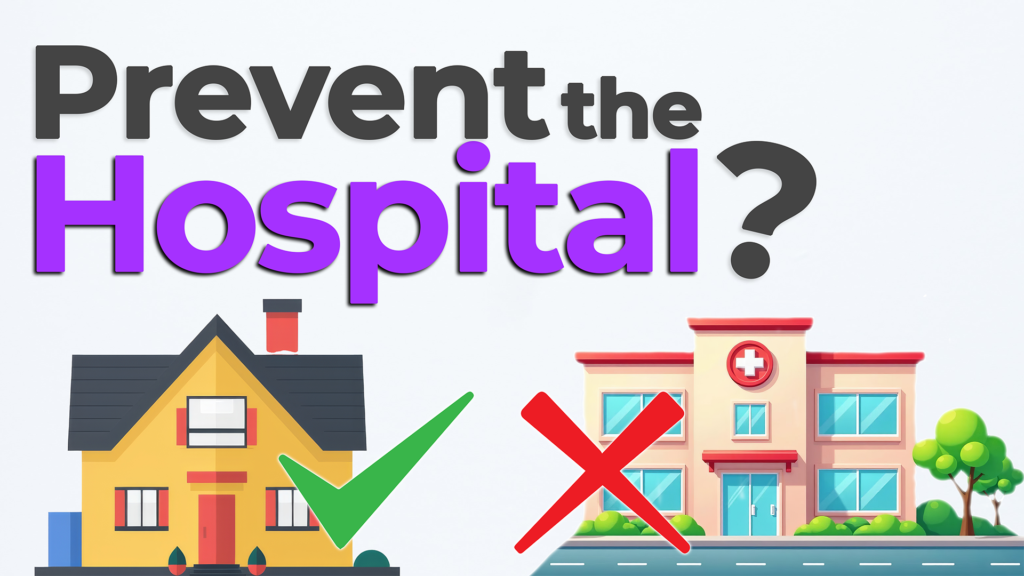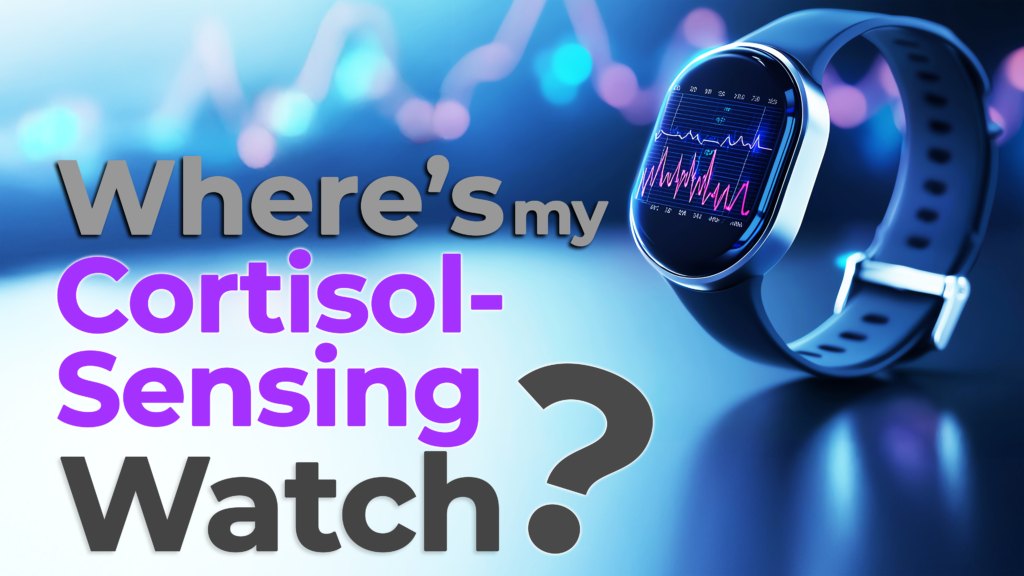
Bio Break: Understanding Clinical Trials – Key Steps and Expert Insights
In this engaging episode of Bio Break, Nick and Joris dive into the complexities of clinical trials as a critical component of medical product development. Whether you’re a developer embarking on your first trial or a seasoned professional seeking guidance, this discussion provides actionable insights and resources to streamline the process.
Nick explains the importance of starting with the Clinical Laboratory Standards Institute (CLSI), a trusted resource for comprehensive guidance documents that address every facet of trial design. He highlights CLSI document ACP 1782, which details methodologies for determining the limit of blank, limit of detection, and the essential limit of quantification—crucial factors for validating medical diagnostics.
The conversation also touches on addressing environmental substances that could interfere with trial results. From chewing gum to caffeine, CLSI’s EP7-A2 guidance document offers a framework for evaluating interfering compounds in diagnostics, ensuring reliable data even in challenging conditions. For developers working with saliva-based tests or other sensitive diagnostic tools, these guidelines are indispensable.
Precision and bias are also at the forefront of trial considerations, and Nick mentions EP15-A2, a vital CLSI resource for understanding and accounting for these metrics in trial setups. From power calculations to designing interference panels, the discussion underscores how these documents empower developers to create robust, reproducible studies.
If you’re navigating the intricacies of clinical trials, this episode is your gateway to essential knowledge. Learn how leveraging the right resources can elevate the quality and reliability of your medical device development process.
Understanding Clinical Trials – Key Steps and Expert Insights
Related Resources

In this episode of Bio Break, Nick and Joris dive into one of the most astonishing—and real—medical innovations we’ve ever come across: osteo-odonto-keratoprosthesis. Or, as Nick quickly dubs it, “tooth in eye surgery.”

In this episode of Bio Break, Nick Allan and Joris van der Heijden explore a critical but often overlooked topic in healthcare innovation: prevention. While most conversations about medical devices revolve around treatment, the duo shifts the focus to technologies that help people avoid hospitalization altogether. Preventive medical devices and diagnostic tools are quietly transforming healthcare by catching diseases earlier and reducing the need for invasive procedures.

In this episode of Bio Break, Nick shares one of his favorite discoveries in the world of infectious disease research — the groundbreaking discovery of Helicobacter pylori and its role in causing peptic ulcers. This fascinating story showcases how persistence, scientific curiosity, and innovative thinking can lead to discoveries that reshape medical science.

Nick and Joris tackle a question many tech and health enthusiasts have wondered for years: Where is my cortisol-sensing smartwatch? Nick shares a nostalgic story of reading about futuristic wearable technology in Popular Mechanics as a child — devices that would one day monitor biomarkers like cortisol to track stress and overall health. Now, decades later, he and Joris break down why such a wearable device still hasn’t become a reality.